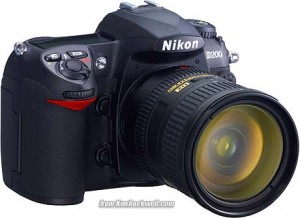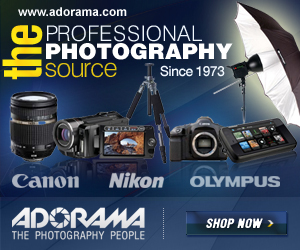 I am not only a wildlife artist, I also have an extensive background in photography. In order to obtain high quality images of my artwork, I photograph my own paintings for digital reproduction and posting on my website. My camera of choice is a tripod mounted Nikon D200 digital SLR.
I am not only a wildlife artist, I also have an extensive background in photography. In order to obtain high quality images of my artwork, I photograph my own paintings for digital reproduction and posting on my website. My camera of choice is a tripod mounted Nikon D200 digital SLR.
When photographing paintings, I prefer continuous directional illumination rather than a flash unit. This lighting setup creates optimum lighting on the painting’s surface and avoids harsh flash spots on the painting. I place my painting vertically in my easel to allow for accurate alignment of the painting with the camera lens. With this setup, I can accurately align the painting and the camera so they are perpendicular with each other. Here are five (5) things I do to accurately capture quality images of my paintings.
- Place the camera on a heavy tripod to ensure a steady shot. The tripod must be capable of rotating the camera in any direction to assure proper alignment with the painting. If the camera has an alignment grid in the display, activate it.
- Set the camera to ISO 400, Manual mode, and activate the histogram to allow accurate viewing of the exposure level.
- Set the aperature to the lowest f-stop for the lens you’re using and set the shutter speed 3-5 stops slower than the camera meter calls for.
- Activate the camera’s timer for auto shots and lock the focus on the painting.
- Shoot 3-5 shots at different shutter speeds and check the histogram for the best exposure.
When I’ve got 3-5 shots at different exposures, I import the photographs into photoshop to make the necessary adjustments on the best image from the group. In my next article, I’ll talk about using photoshop to accurately adjust the image for the best picture quality possible.
Until next time, keep your brushed clean, your colors pure, and as always, thanks for stopping by.


